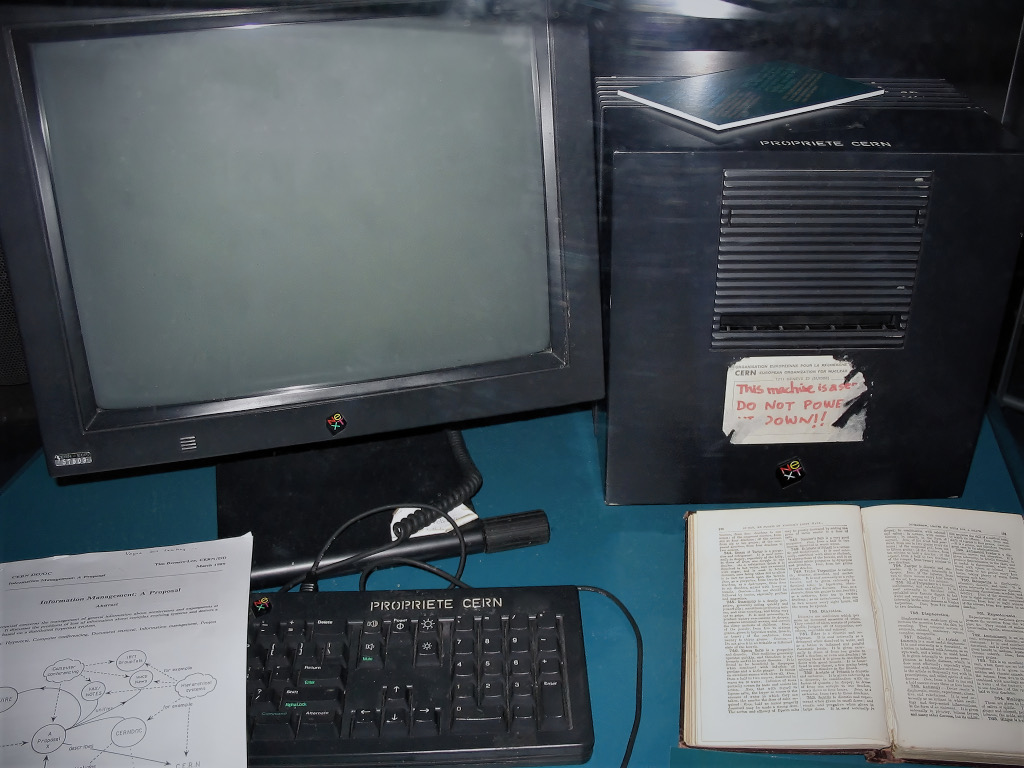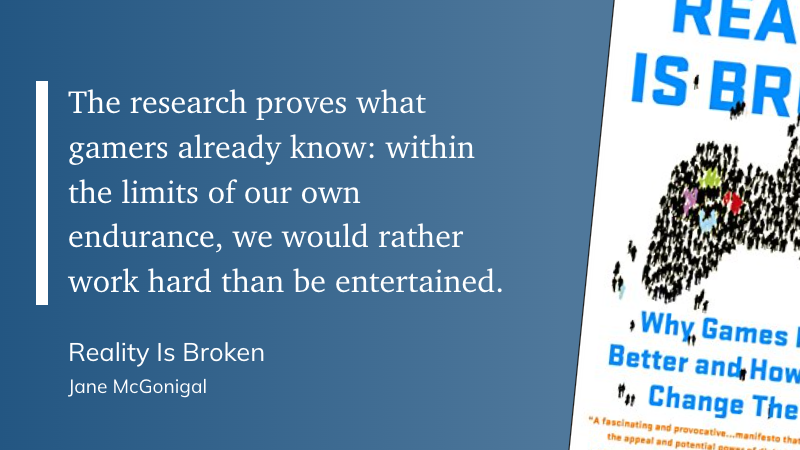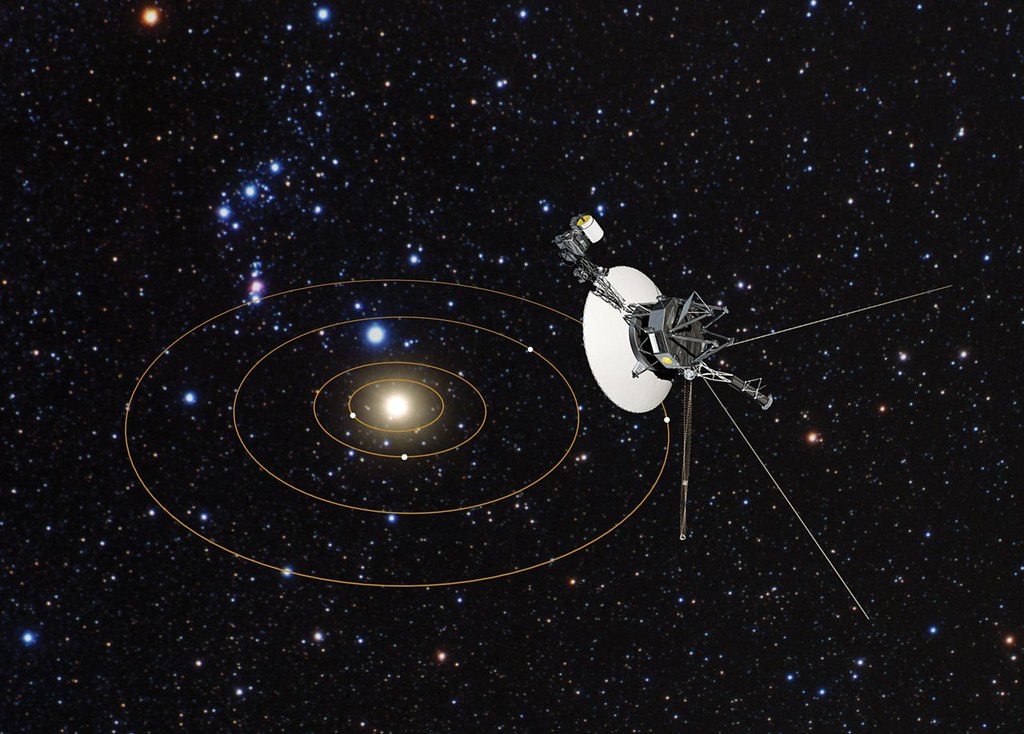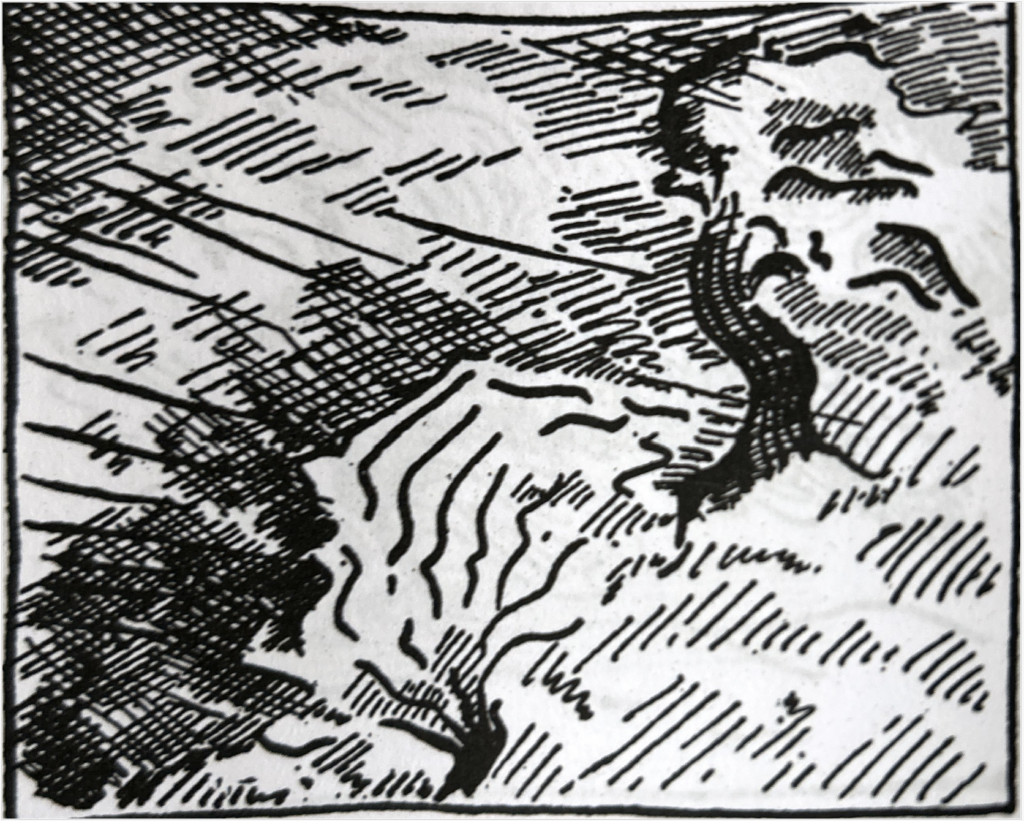
Greetings Starfighters,
Among the treasures we discovered as we cleaned out my grandparents’ old home was a Hasselblad 500C/M camera. Some of you may know what that means, many of you likely don’t, just know that Ansel Adams used a Hasselblad 500 model at times in his career.
First, a word about my grandfather. The man was obsessed with gadgets, just like I am. He shelled out over $1200 for an early VCR, had every form of home video recording equipment, and even bought a light that was allegedly the same model used on the Space Shuttle to better stage our family Christmas movies. So, having a Hasselblad just sitting in the top of a closet collecting dust isn’t necessarily a surprise.
I’m playing around with it and hope to take some shots with it soon. I was a little surprised that you can still purchase film and even get it developed but I’m also watching some videos and looking for tools to develop at home if I need to.
Once more, the Internet proves that, with a little effort, you can find and learn how to do just about anything.
Quote of the Day
Without memory, it’s impossible to build the future. – Umberto Eco, A Library of the World
Musical Interlude
A number of years ago, Daryl Hall of Hall & Oates fame began a show recorded at his home studio with various guests. “Live from Daryl’s House” has had several homes over the years, but it seems they are uploading more and more to Daryl’s YouTube channel.
Here’s the episode with Lisa Loeb, including a great version of her classic, “Stay.”
Long Read of the Day
“In 1303 CE, a monstrous earthquake ripped through the Eastern Mediterranean. The trauma shook glittering casing stones loose from the Great Pyramid at Giza in Egypt—the most ancient of our Seven Wonders—and brought the remains of the youngest, the towering Pharos Lighthouse of Alexandria, crashing to the ground. The Great Pyramid embodied enormous effort for the sake of one, virtually omnipotent man. Alexandria’s Pharos Lighthouse had been a public beacon to keep travelers from four continents safe, and to announce a repository of all the knowledge that was possible for humankind to know.
But across that complex arc of experience, spanning nearly 4,000 years, from the vision of a single, almighty human to a network of human minds, no human-made Wonder could prove a match for the might of Mother Earth.”
What Makes a Wonder? On the Human Need to Map Out Monumental Greatness
Video of the Day
Final Thoughts
May 1 means that it’s very nearly Star Wars Day. If you haven’t heard, The Phantom Menace is returning to theatres this weekend. My kid and I have watched it I don’t know how many times here at home. Friday afternoon, we’ll catch it on the big screen. I was in the crowd on opening night 25 years ago, and I think I’m just as excited now as I was back then.
Thanks for taking the time to read this post. If you’ve enjoyed the insights and stories, consider showing your support by subscribing to my weekly newsletter. It’s a great way to stay updated and dive deeper into my content. Alternatively, if you love audiobooks or want to try them, click here to start your free trial with Audible. Your support in any form means the world to me and helps keep this blog thriving. Looking forward to connecting with you more!






